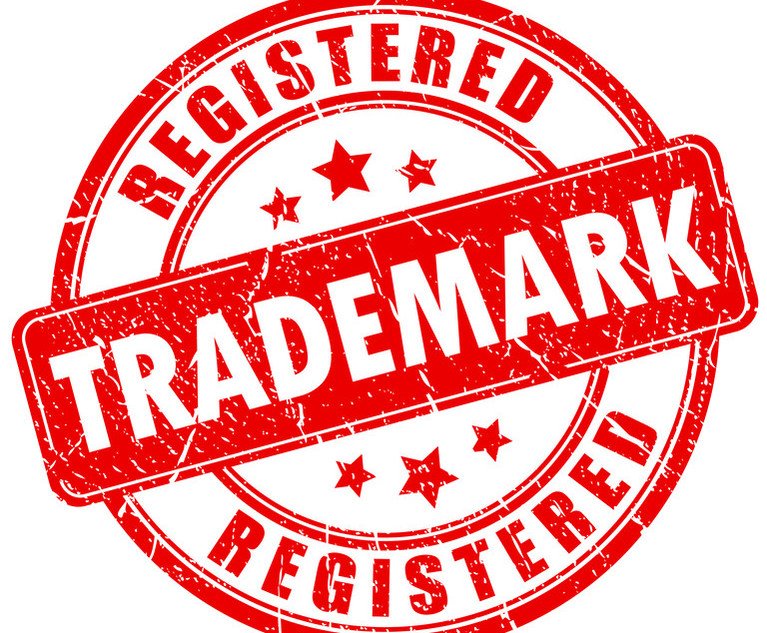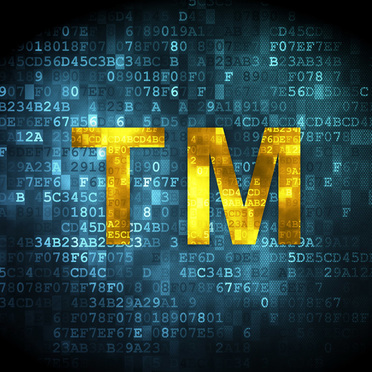Scott D Locke

October 05, 2023 | New York Law Journal
The Trademark Anti-Trafficking RuleA discussion of the recent Trademark Trial and Appeal Board decision in "Thrive Natural Care Inc. v. Nature's Sunshine Products," which recognized a time limit on claims to cancel trademarks that otherwise would be void under this provision. The decision "provides a welcome bright line for trademark holders but also serves as a reminder that one should be mindful of the risks associated with assigning intent-to-use trademark applications."
By Scott D. Locke
12 minute read

July 14, 2023 | New York Law Journal
Trademark Priority and TackingIn Bertini v. Apple, a case of first impression, the U.S. Court of Appeals for the Federal Circuit recently held that there are strict limits on using the tacking doctrine to take advantage of an earlier use of a mark on different of goods or services.
By Scott D. Locke
10 minute read

August 19, 2022 | New York Law Journal
The Low Bar of the Non-Obviousness Standard for Design PatentsThis article provides a discussion of the "low standard" for non-obviousness—one of the requirements for the patentability of a design—that is now consistently being applied by the USPTO and the courts.
By Scott D. Locke
11 minute read

June 30, 2020 | New York Law Journal
Violation of the Assignment-In-Gross Rule for TrademarksA recent case that addressed rights in the trademark reign provides a cautionary tale of the consequence of the failure to assign a trademark with its goodwill.
By Scott D. Locke and Jessica J. Kastner
11 minute read

March 06, 2020 | New York Law Journal
Filenames as Copyright Management Information'Energy Intelligence Group v. Kayne Anderson Capital Advisors' has significant ramifications for both copyright litigation strategies and how authors and copyright owners should name their digital files.
By Scott D. Locke
9 minute read

October 29, 2019 | New York Law Journal
The Elusive Primary Reference for Evaluating Non-Obviousness of Design PatentsAs with utility patents, the grounds for invalidating a patented design include both lack of novelty and obviousness. The novelty analysis is often straightforward, but as a recent decision from the U.S. Court of Appeals for the Federal Circuit illustrates, determining whether a design is obvious over the prior art can be challenging.
By Scott D. Locke
11 minute read

July 24, 2019 | New York Law Journal
Marketing of CBD ProductsFor the businesses that wish to push forward on this uncertain landscape, cautious and strategic marketing may be the best—although not risk free—course of action.
By Scott D. Locke
11 minute read

September 19, 2018 | New York Law Journal
The High Bar for Challenging an Improperly Revived PatentThe recent decision 'In re Rembrandt Technologies LP Patent Litigation' is a reminder of both the potential consequence of a patent holder's disingenuous assertion of unintentionality and the challenges that defendants face when raising the improper filing of a petition to revive a lapsed patent as a defense.
By Scott D. Locke
9 minute read

May 04, 2018 | New York Law Journal
Copyright Liability for Foreign Internet Broadcasters Who Fail to GeoblockRecently and to the likely dismay of many foreign broadcasters, in 'Spanski Enterprises v. Telewizja Polska' the D.C. Circuit took up an issue of first impression for the federal appellate courts: whether any extraterritorial limits of the copyright law would relieve the liability of foreign content disseminators that send their content into the United States.
By Scott D. Locke and Laura-Michelle Horgan
9 minute read

May 15, 2017 | New York Law Journal
Double Entendres, Intentional Misspellings, and Descriptive MarksScott D. Locke and Laura-Michelle Horgan write: Marketers are often tempted to use descriptive or laudatory words and phrases in brand names, which are not a basis for strong trademark rights. Appreciating this problem, some clients are tempted to use double entrendres or clever misspellings, which can elevate an otherwise descriptive mark to a higher status. However, as Calphalon Corp. recently learned, not all double entendres are created equal.
By Scott D. Locke and Laura-Michelle Horgan
21 minute read
Trending Stories
- 1We the People?
- 2New York-Based Skadden Team Joins White & Case Group in Mexico City for Citigroup Demerger
- 3No Two Wildfires Alike: Lawyers Take Different Legal Strategies in California
- 4Poop-Themed Dog Toy OK as Parody, but Still Tarnished Jack Daniel’s Brand, Court Says
- 5Meet the New President of NY's Association of Trial Court Jurists



